The Rise of Transnational Talent
Identity – Legacy – and the Power of Shared Flags
In today’s globalized world – athletes with ties to more than one country are becoming increasingly common. Whether through birth – heritage – or migration – these individuals often face the unique opportunity to represent one or both nations on the world stage. This dual-nationality phenomenon is not just a matter of paperwork – it’s a reflection of shifting cultural identities – diasporic pride – and evolving notions of citizenship. From Olympic podiums to World Cup rosters – the presence of transnational athletes is rewriting the narrative of national representation. These athletes often carry the hopes of two nations – embodying complex histories and forging new connections. Their stories challenge traditional boundaries – offering a richer – more inclusive view of what it means to compete for a country. As global mobility increases – so does the frequency of these dual allegiances. This trend is not limited to elite sports – it’s visible in youth academies – collegiate leagues – and grassroots competitions. The implications are vast – touching diplomacy – media portrayal – and even immigration policy. In this post – we’ll explore how dual-nationality athletes benefit both countries they’re tied to – and why this representation is becoming more prominent. Through 15 in-depth sections – we’ll unpack the layers of this growing phenomenon. Each section will offer a unique lens – from historical context to future implications. By the end – you’ll see how these athletes are more than competitors – they’re bridges between nations. Let’s dive into the world of shared flags – split loyalties – and united dreams.

Historical Roots of Dual Representation
The concept of athletes representing more than one country is not new – but its visibility has grown exponentially. In the early 20th century – athletes often switched allegiances due to war – colonization – or political upheaval. Zola Budd famously ran for Great Britain despite being born in South Africa – due to apartheid-era bans. These cases were often controversial – but they laid the groundwork for today’s more nuanced understanding. The Olympic Charter has evolved to accommodate nationality changes – though with strict guidelines. FIFA – the international football governing body – also allows players to switch national teams under certain conditions. These rules reflect the reality of modern migration and multicultural identity. In the past – dual representation was often seen as opportunistic – today – it’s increasingly viewed as authentic. Many athletes grow up immersed in two cultures – speaking multiple languages – and feeling allegiance to both. Their choice of representation is often deeply personal – shaped by family – opportunity – and emotional connection. Historical examples also show how dual-nationality athletes can become symbols of reconciliation. After World War II – athletes with mixed heritage helped bridge divides between former enemies. In the Cold War era – defectors who competed for new nations sparked debates about loyalty and freedom. These stories remind us that sport is never just sport – it’s a mirror of global dynamics. As borders shift and identities evolve – dual representation becomes a powerful narrative tool. It allows nations to celebrate shared heritage and acknowledge complex histories. The historical roots of this phenomenon reveal its enduring relevance. Today’s athletes stand on the shoulders of those who navigated these challenges decades ago. Their legacy informs current debates and inspires future generations.

Cultural Diplomacy Through Sport
Dual-nationality athletes often serve as informal ambassadors between their countries. Their presence in international competitions fosters cultural exchange and mutual respect. When an athlete with heritage from two nations competes – both countries often celebrate their success. This shared pride can soften diplomatic tensions and build goodwill. Naomi Osaka’s victories sparked conversations about race – identity – and belonging in Japan and Haiti. Alphonso Davies – born in a Ghanaian refugee camp and raised in Canada – has become a symbol of multicultural success. His story resonates across continents – inspiring youth in both Africa and North America. These athletes often participate in cultural events – charity work – and media campaigns in both countries. Their dual identity allows them to connect with diverse audiences and promote inclusive values. Governments sometimes leverage their popularity to strengthen bilateral ties. Sport becomes a platform for diplomacy – with athletes as the messengers. This form of soft power is especially potent in regions with historical tensions. A shared athlete can humanize the “other” and foster empathy. Cultural diplomacy through sport is not limited to elite competitions. Youth tournaments – exchange programs – and training camps also benefit from dual-nationality representation. Coaches and scouts often collaborate across borders – sharing techniques and philosophies. This cross-pollination enriches both sporting cultures and deepens mutual understanding. Athletes themselves often speak about the pride they feel in representing both sides of their heritage. Their stories challenge monolithic notions of nationality and promote pluralism. In a world increasingly divided by politics – dual-nationality athletes offer a counter-narrative. They remind us that identity can be layered – fluid – and inclusive.

Economic Impact on Both Nations
Dual-nationality athletes can generate significant economic benefits for both countries they represent. Their success often boosts merchandise sales – tourism – and sponsorship deals. When an athlete becomes a household name – brands in both countries seek to associate with them. This dual-market appeal increases their commercial value and visibility. Kylian Mbappé – with ties to Cameroon and France – has endorsement deals spanning continents. His popularity drives jersey sales and viewership in both regions. Major tournaments also see spikes in tourism when dual-nationality athletes are involved. Fans from both countries travel to support their shared hero – boosting local economies. Media coverage of these athletes often includes features on their heritage – drawing attention to lesser-known regions. This exposure can lead to increased investment and interest in those areas. Youth academies and training facilities may receive funding to nurture future talent. Governments sometimes offer incentives to retain or attract dual-nationality athletes. These policies reflect the economic value of sporting success. Athletes themselves often invest in both countries – building schools – clinics – or sports programs. Their philanthropy creates jobs and opportunities – especially in underserved communities. The ripple effect of their success touches multiple sectors – from fashion to broadcasting. Economic impact also includes remittances – as athletes support family members across borders. Their earnings contribute to local economies and social mobility. Dual-nationality athletes often inspire diaspora communities to engage more deeply with their heritage. This engagement can lead to increased travel – spending – and cultural exchange. The economic benefits are not limited to the athlete’s peak years. Retired athletes often become coaches – commentators – or entrepreneurs in both countries. Their legacy continues to generate value and influence.
Eligibility Rules and Sporting Regulations
The eligibility of dual-nationality athletes is governed by complex rules that vary across sports. International federations like FIFA and the IOC have specific criteria for switching national teams. Athletes must often prove residency – heritage – or citizenship to qualify. Some sports require a waiting period after switching allegiances. Others restrict changes once an athlete has competed at a senior level. These rules aim to preserve fairness – but they can also limit personal agency. Athletes may feel torn between opportunity and loyalty. Legal documentation plays a critical role – including passports – birth certificates – and residency permits. In some cases – athletes must renounce one nationality to compete for another. This can be emotionally and politically charged. Youth athletes with dual eligibility often face pressure to choose early. National federations scout talent aggressively – hoping to secure future stars. The process can be bureaucratic – involving lawyers – agents – and government officials. Some countries offer fast-track citizenship to attract elite talent. Others impose strict barriers to prevent perceived exploitation. The rules are constantly evolving – reflecting shifts in global migration and identity politics. Athletes must navigate these systems with care – balancing ambition with integrity. Public opinion can influence eligibility decisions – especially in high-profile cases. Transparency and consistency are key to maintaining trust. Ultimately – eligibility rules shape the landscape of dual representation. They determine who gets to compete – and under which flag.

Media Narratives and Public Perception
Media coverage of dual-nationality athletes often reflects broader societal attitudes. Headlines may celebrate their multicultural identity – or question their loyalty. The framing of their story can influence public opinion and national pride. Positive portrayals highlight resilience – diversity – and global unity. Negative ones may stoke xenophobia – suspicion – or political tension. Athletes with dual heritage often become symbols of inclusion or controversy. Their interviews are dissected for clues about allegiance and emotion. Social media amplifies these narratives – allowing fans to weigh in directly. Viral moments can elevate an athlete’s status – or spark backlash. Journalists play a key role in shaping the discourse. Balanced reporting can foster empathy and understanding. Sensationalism – however – can distort the athlete’s intent and identity. Representation matters – especially in countries grappling with immigration and integration. Athletes who speak multiple languages or embrace both cultures are often praised. Those who appear to “choose sides” may face criticism. Media outlets in both countries may compete for exclusive access and coverage. This dual attention can be empowering – but also exhausting. Athletes must manage their public image across borders. Their social media presence becomes a tool for storytelling and advocacy. Fans often rally around them – defending their choices and celebrating their success. The media’s role is not just to report – but to reflect and shape cultural values. Dual-nationality athletes challenge simplistic narratives – offering complexity and nuance. Their visibility forces societies to confront their own biases and aspirations.

Youth Development and Talent Pipelines
Dual-nationality athletes often emerge from diverse youth development systems. They may train in one country – while maintaining cultural ties to another. This dual exposure enriches their skill set and worldview. Youth academies increasingly scout talent with transnational backgrounds. These programs recognize the value of multicultural experience. Athletes benefit from varied coaching styles – tactical philosophies – and competitive environments. Some countries collaborate on joint training initiatives. Others compete to retain promising prospects. The choice of national representation can hinge on early development experiences. Coaches and mentors play a pivotal role in shaping identity and ambition. Scholarships and exchange programs offer pathways for dual-nationality youth. These opportunities foster cross-border relationships and shared learning. Talent pipelines must adapt to the realities of global mobility. Eligibility rules and federation policies influence recruitment strategies. Athletes may feel pressure to commit to one country prematurely. Transparent communication and ethical guidance are essential. Youth development is not just about performance – but about belonging. Athletes need support systems that honor their full identity. Dual-nationality youth often face unique challenges – including language barriers and cultural expectations. Their success depends on inclusive environments and holistic training. National federations must invest in outreach and education. Talent pipelines should reflect the diversity of modern society. By nurturing dual-nationality athletes – countries invest in future representation and unity.
Diaspora Pride and Community Engagement
Dual-nationality athletes often become icons within diaspora communities. Their success validates the experiences of those living between cultures. Diaspora pride is rooted in shared heritage – resilience – and aspiration. Athletes serve as role models for youth navigating identity and belonging. Their achievements are celebrated in community centers – schools – and local media. Cultural organizations often honor them with awards and events. These athletes bridge generational gaps – connecting elders and youth through sport. Their visibility fosters dialogue about migration – integration – and representation. Diaspora communities may organize watch parties – fundraisers – or fan clubs. The athlete’s journey becomes a collective narrative of triumph and connection. Community engagement extends beyond fandom. Athletes often give back through mentorship – philanthropy – and advocacy. They support grassroots initiatives and amplify local voices. Their presence in both countries strengthens transnational ties. Diaspora pride can influence national policies and public discourse. Governments may recognize the value of these communities through sport. Athletes become cultural ambassadors – promoting unity and inclusion. Their dual identity resonates with millions who straddle borders. Community engagement is not just symbolic – it’s transformative. It empowers individuals to embrace complexity and celebrate diversity. Dual-nationality athletes embody the spirit of global citizenship. Their impact on diaspora pride is profound and enduring.

Emotional Identity and Personal Choice
For dual-nationality athletes – the decision of which country to represent is often deeply emotional. It’s not just about opportunity – it’s about belonging – memory – and family legacy. Some athletes feel a stronger connection to the country where they were raised. Others choose to honor ancestral roots – even if they’ve never lived there. This choice can be a way to reconnect with culture – language – and tradition. It may also reflect gratitude toward a nation that offered refuge or support. Athletes often describe the decision as one of the hardest they’ve ever made. It involves introspection – consultation with family – and reflection on personal values. Emotional identity is shaped by lived experience – not just legal status. Athletes may feel torn between two homes – two flags – and two sets of expectations. Public reaction can add pressure – with fans and media scrutinizing every move. Some athletes face backlash for “choosing wrong” – while others are celebrated for embracing heritage. The emotional toll can be significant – especially during major tournaments. Athletes must manage their feelings while performing at the highest level. Their stories reveal the complexity of modern identity. Emotional choice is not a betrayal – it’s an affirmation of self. It challenges rigid definitions of nationality and loyalty. Athletes who embrace dual identity often become advocates for inclusion. Their visibility helps normalize fluid and layered identities. Emotional identity is not static – it evolves with time – experience – and reflection. For many athletes – representing a country is not just a career move – it’s a personal journey.

Political Symbolism and National Messaging
Dual-nationality athletes often carry political weight – whether they intend to or not. Their presence on national teams can symbolize progress – reconciliation – or resistance. Governments may use their success to promote unity or diversity. Political leaders often reference athletes in speeches – campaigns – or diplomatic events. This visibility can elevate the athlete’s status – but also politicize their identity. In some cases – athletes become lightning rods for national debates. Their heritage may be scrutinized in the context of immigration – integration – or nationalism. Political symbolism can be empowering – or burdensome. Athletes may be asked to comment on issues beyond sport. Some embrace this role – using their platform to advocate for change. Others prefer to focus solely on competition. The choice is personal – but the symbolism is often imposed externally. National messaging around dual-nationality athletes reflects broader societal values. Inclusive narratives celebrate multiculturalism and shared heritage. Exclusive ones may question loyalty or authenticity. Political tensions between countries can complicate representation. Athletes may be caught in diplomatic disputes or media controversies. Their decisions can be interpreted as endorsements or rejections. Political symbolism also affects fan perception and media framing. Athletes must navigate these dynamics with care and clarity. Their stories reveal the intersection of sport – identity – and power. Dual-nationality athletes challenge simplistic political narratives. They embody complexity – resilience – and the possibility of coexistence.
Gender Dynamics in Dual Representation
Gender plays a significant role in how dual-nationality athletes are perceived and treated. Female athletes often face different expectations than their male counterparts. Their choices may be scrutinized through lenses of tradition – family – or societal roles. In some cultures – women’s representation in sport is still emerging. Dual-nationality female athletes can become pioneers and role models. Their visibility challenges gender norms and promotes empowerment. Media coverage of female athletes often emphasizes emotion – appearance – or personal life. This framing can overshadow athletic achievement and identity complexity. Male athletes may receive more coverage – but also more criticism. Gender dynamics influence sponsorship – media access – and public support. Female athletes often build strong connections with diaspora communities. Their stories resonate with women navigating dual identities in other fields. Representation matters – especially in countries with limited opportunities for women in sport. Dual-nationality athletes can inspire policy changes and grassroots movements. Gender dynamics also affect coaching – training – and federation support. Inclusive environments are essential for nurturing talent across genders. Athletes must navigate cultural expectations in both countries. Some face pressure to conform – others are celebrated for breaking barriers. Gender intersects with race – class – and nationality – creating layered experiences. Dual-nationality athletes often advocate for equity and inclusion. Their presence expands the narrative of who belongs in sport. Gender dynamics are evolving – but challenges remain. Representation must be intentional – respectful – and empowering.

Fan Loyalty and Cross-Border Support
Fans play a crucial role in shaping the experience of dual-nationality athletes. Their support can uplift – validate – and protect. Athletes often have fan bases in both countries – creating unique dynamics. Some fans embrace the dual identity – celebrating every success. Others may feel conflicted – especially during head-to-head matchups. Social media allows fans to connect directly with athletes. Messages of encouragement – pride – and solidarity are common. Fan loyalty is often rooted in shared heritage – community – or admiration. Athletes may receive gifts – letters – or artwork from supporters. Fan clubs and online forums foster cross-border dialogue. Rivalries can emerge – but so can friendships. Athletes often acknowledge their fans in both countries – expressing gratitude and love. Fan loyalty can influence media coverage and public perception. Supportive fans help counter negative narratives and criticism. They also amplify the athlete’s voice and visibility. Cross-border support reflects the power of sport to unite. It transcends politics – geography – and language. Fans often organize events – fundraisers – or campaigns in honor of their favorite athletes. Their passion creates a sense of belonging and community. Athletes may feel a deep emotional bond with their supporters. Fan loyalty is not just about wins – it’s about connection. Dual-nationality athletes thrive when embraced by inclusive – respectful fan cultures.
Legacy Building and Long-Term Impact
Dual-nationality athletes often think beyond their careers – toward legacy. They want to leave a mark that transcends medals and records. Legacy building involves mentorship – philanthropy – and storytelling. Athletes may establish foundations – scholarships – or training programs. These initiatives benefit youth in both countries. Legacy also includes cultural impact – shaping how identity is understood. Athletes become part of national history and folklore. Their stories are taught in schools – featured in documentaries – and celebrated in museums. Legacy is about representation – showing what’s possible. Athletes often mentor younger dual-nationality talent. They share lessons – challenges – and encouragement. Legacy building requires intentionality and vision. Athletes must navigate bureaucracy – media – and public expectations. Their choices influence future generations and policy. Legacy is also personal – rooted in values and relationships. Athletes may write books – give speeches – or teach. Their influence extends into education – activism – and diplomacy. Legacy is not static – it evolves with time and reflection. Dual-nationality athletes often redefine what legacy means. It’s not just about one country – but about shared futures. Their impact is felt across borders – cultures – and generations.

Training Infrastructure and Shared Resources
Dual-nationality athletes often benefit from access to training infrastructure in both countries. This dual exposure enhances their technical development and tactical versatility. Facilities may differ in quality – philosophy – or specialization. Athletes learn to adapt to varied coaching styles and performance expectations. Some countries offer advanced sports science and rehabilitation programs. Others emphasize grit – improvisation – and community-based training. The combination creates well-rounded competitors with global experience. Shared resources can include equipment – nutrition plans – and analytics. Athletes may train in one country during the season and another during the off-season. This mobility fosters cross-pollination of techniques and strategies. National federations sometimes collaborate to support dual-nationality talent. Joint camps – exchange programs – and scouting partnerships are becoming more common. Infrastructure investment reflects a country’s commitment to nurturing diverse athletes. Athletes often advocate for improved facilities in under-resourced regions. Their visibility can attract funding and political support. Training infrastructure also includes psychological support and mentorship. Dual-nationality athletes may face unique pressures and identity challenges. Inclusive environments are essential for long-term success. Coaches must understand and respect cultural nuances. Shared resources build bridges between sporting cultures. They promote innovation – empathy – and mutual growth. Infrastructure is not just physical – it’s relational and symbolic. Dual-nationality athletes thrive when both countries invest in their journey.
Language – Communication – and Cultural Fluency
Language plays a vital role in the experience of dual-nationality athletes. Many speak multiple languages – allowing them to connect with fans – teammates – and media across borders. This fluency enhances their marketability and leadership potential. Communication is key to building trust and cohesion within teams. Athletes who can switch languages often serve as mediators and cultural translators. They help bridge gaps in understanding and foster inclusive environments. Language also shapes identity and emotional expression. Athletes may feel more comfortable discussing personal topics in one language over another. Interviews – press conferences – and social media posts reflect this complexity. Cultural fluency goes beyond language – it includes gestures – humor – and etiquette. Athletes must navigate different norms and expectations in each country. This adaptability is not just a kill or a strength – but also a challenge that keeps challenging. Miscommunication can lead to misunderstandings or controversy. Language barriers may affect coaching – strategy – or team dynamics. Athletes often work with interpreters – mentors – or cultural advisors. Their ability to navigate these layers enhances their resilience and versatility. Language is also a tool for advocacy and storytelling. Athletes use it to share their journey – inspire others – and build community. Cultural fluency fosters empathy and global citizenship. It allows athletes to honor both sides of their heritage. Language is not just a skill – it’s a bridge. Dual-nationality athletes embody the power of communication to unite and uplift.

Social Media Influence and Global Visibility
Social media has transformed how dual-nationality athletes engage with the world. Platforms like Instagram – TikTok – and X allow them to share their stories directly. This visibility empowers athletes to shape their own narratives. They can highlight both cultures – celebrate milestones – and respond to fans. Social media fosters global fan bases and cross-border dialogue. Athletes often post in multiple languages – reflecting their dual identity. Viral moments can elevate their status and influence. They may trend in two countries simultaneously – creating shared excitement. Social media also allows athletes to address criticism and misinformation. They can clarify decisions – express gratitude – or advocate for causes. The immediacy of digital platforms enhances authenticity and connection. Athletes often collaborate with creators – brands – and activists. Their content ranges from training clips to cultural celebrations. Social media influence extends into fashion – music – and lifestyle. Dual-nationality athletes become cultural icons and trendsetters. Their visibility inspires youth and challenges stereotypes. Algorithms amplify their reach – but also expose them to scrutiny. Athletes must balance openness with privacy and mental health. Digital literacy and support are essential for sustainable engagement. Social media is a tool for empowerment – storytelling – and diplomacy. Dual-nationality athletes use it to build bridges and spark change. Their global visibility reflects the interconnectedness of modern sport. They are not just competitors – they are creators and connectors.

Disability Athletes and Dual-Nationality Representation
Athletes with disabilities who hold ties to more than one country are redefining what global representation truly means. Their presence in international competitions challenges stereotypes and expands the definition of athletic excellence. Dual-nationality disability athletes often navigate multiple cultural attitudes toward disability and inclusion. In some countries – accessibility and support systems are robust – while in others – stigma and infrastructure gaps persist. These athletes become advocates simply by competing – showing what’s possible across borders. Their stories often highlight resilience – innovation – and community strength. Representation in events like the Paralympics or Deaflympics carries profound symbolic weight. When an athlete competes for one country but trains in another – they embody transnational collaboration. Their success can inspire policy reform – funding – and awareness in both nations. Dual-nationality disability athletes often face additional bureaucratic hurdles – from classification systems to eligibility rules. Despite these challenges – they build bridges between disability communities worldwide. Their visibility fosters empathy – pride – and cultural exchange. Media coverage of these athletes is growing – but still lags behind their impact. Social media allows them to share their journey – advocate for accessibility – and connect with fans globally. They often mentor younger athletes – especially those navigating dual identities and disability. Their influence extends into education – design – and public health. Disability athletes with dual nationality remind us that sport is not just about speed or strength – it’s about courage – creativity – and connection. Their representation enriches both countries – and elevates the global conversation around inclusion. They are not just competitors – they are catalysts for change.
Conclusion – Beyond Borders – Toward Shared Futures
Dual-nationality athletes are reshaping the meaning of national representation. They embody complexity – resilience – and the possibility of unity. Their stories challenge outdated notions of loyalty and belonging. By representing two countries – they honor heritage – experience – and aspiration. Their impact spans culture – economy – politics – and emotion. They are ambassadors – innovators – and legacy builders. As global mobility increases – their presence will grow. Countries must adapt policies – infrastructure – and narratives to support them. Fans – media – and federations play a role in fostering inclusion. Dual-nationality athletes remind us that identity is not binary – it’s layered. They show that pride can be shared – and dreams can be collective. Their journeys inspire reflection – dialogue – and transformation. Sport becomes a canvas for pluralism and empathy. These athletes are not anomalies – they are the future. Their representation enriches both nations and global sport. They carry more than one flag – and more than one story. Their legacy will shape generations to come. In celebrating them – we celebrate the power of connection. Beyond borders – toward shared futures – they lead the way.
Join the Discussion
Have you followed a dual-nationality athlete whose story resonated with you? What impact do you think their representation has had on your community – your culture – or your understanding of identity?
#DualNationalityAthletes #GlobalRepresentation #SportAndIdentity #CulturalDiplomacy #SharedFlags #TransnationalTalent #DiasporaPride #AthleticBelonging #BeyondBorders #InclusiveSport #LegacyInMotion #SportUnites #TwoCountriesOneDream #AthleteAmbassadors #FutureOfSport






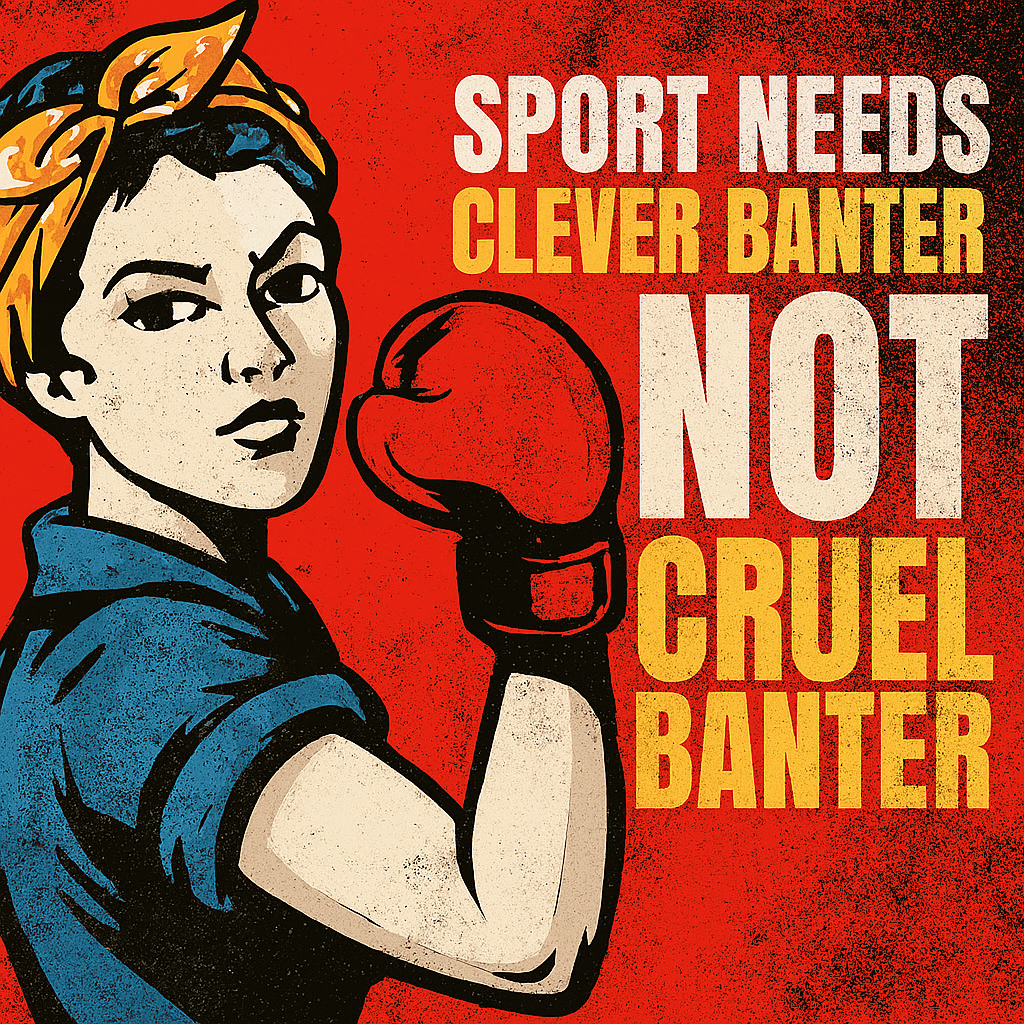
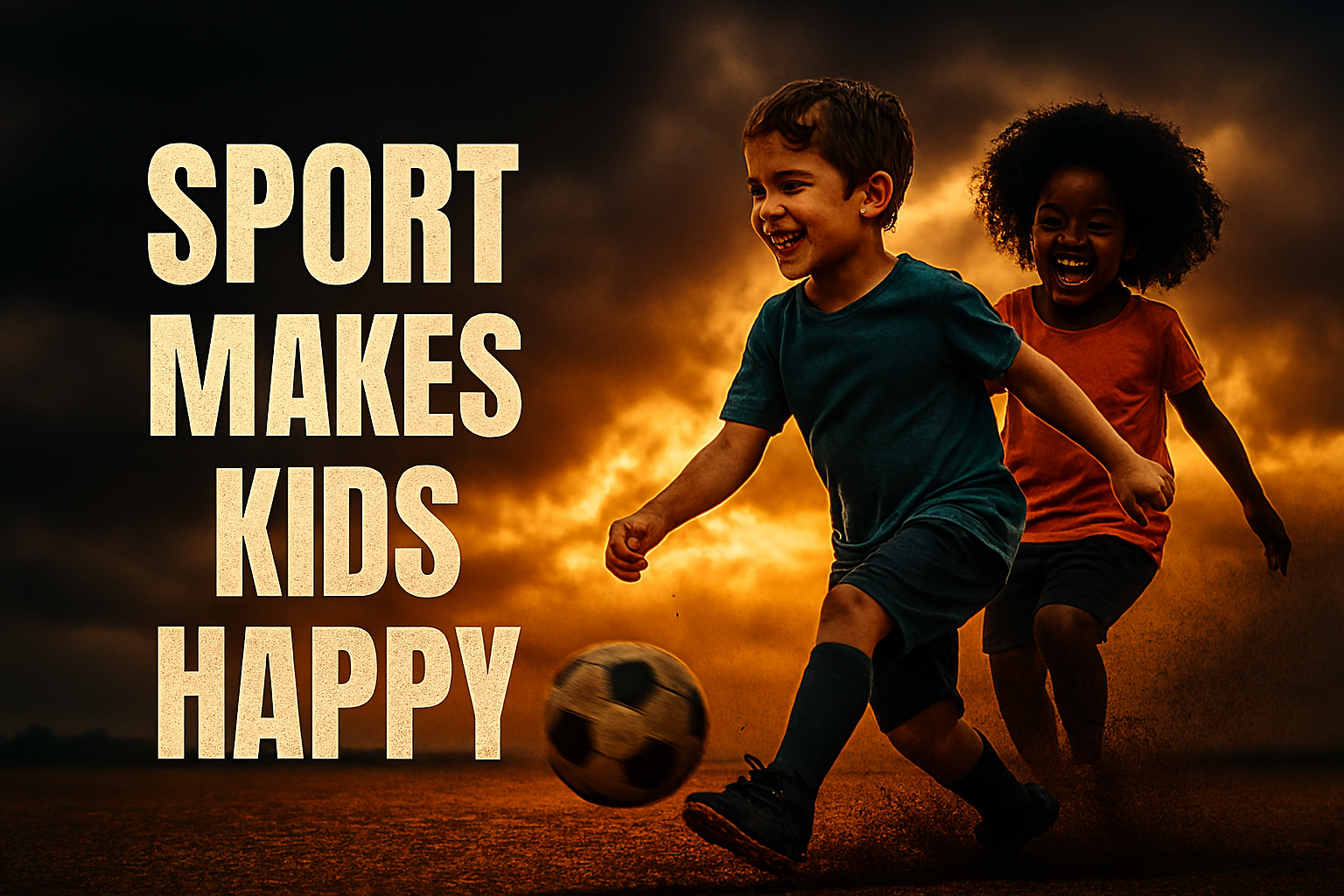

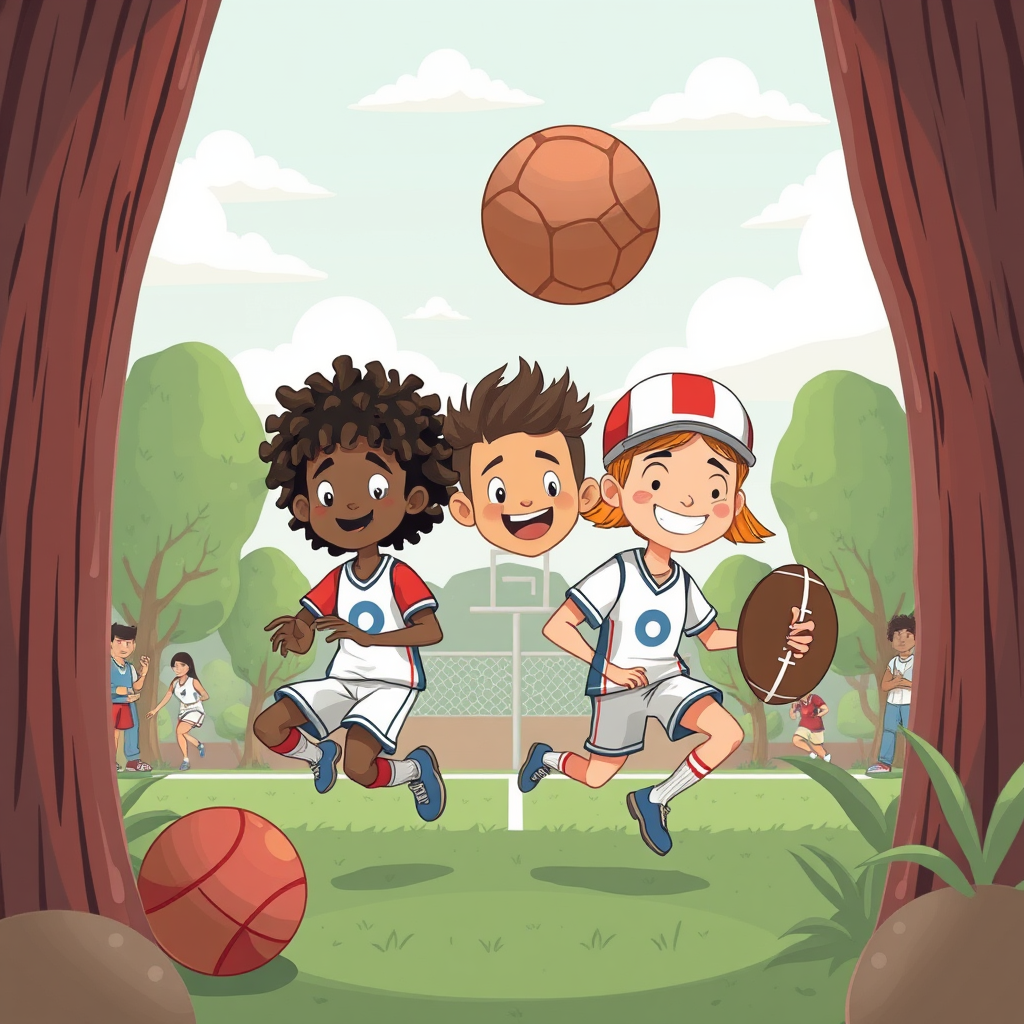
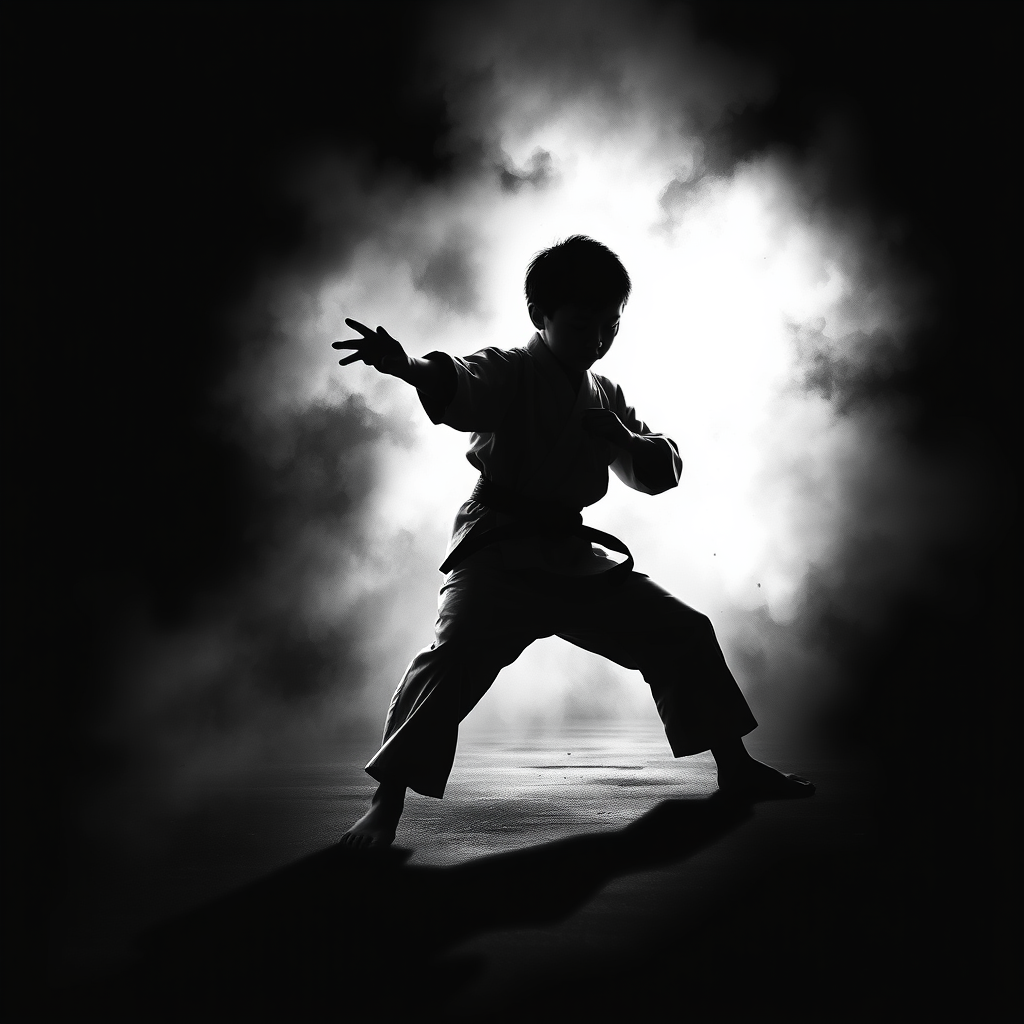


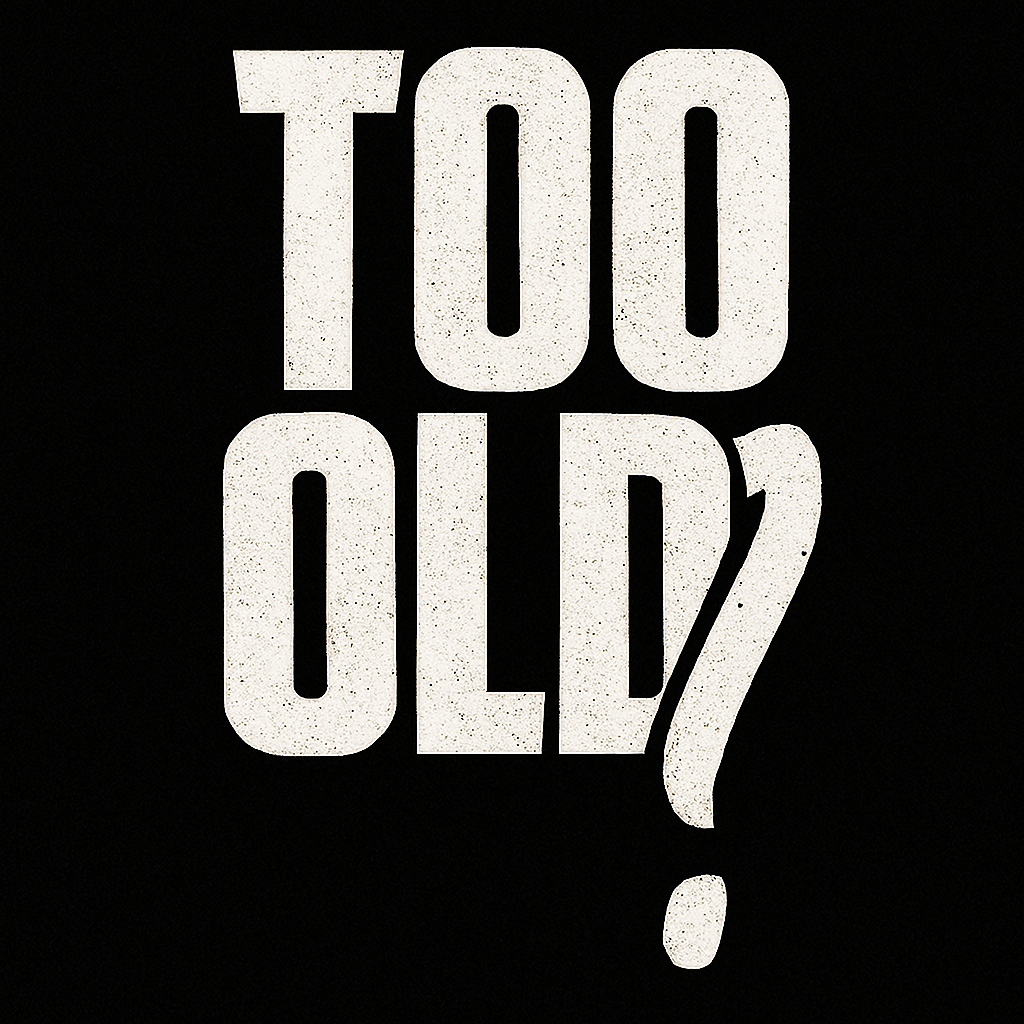
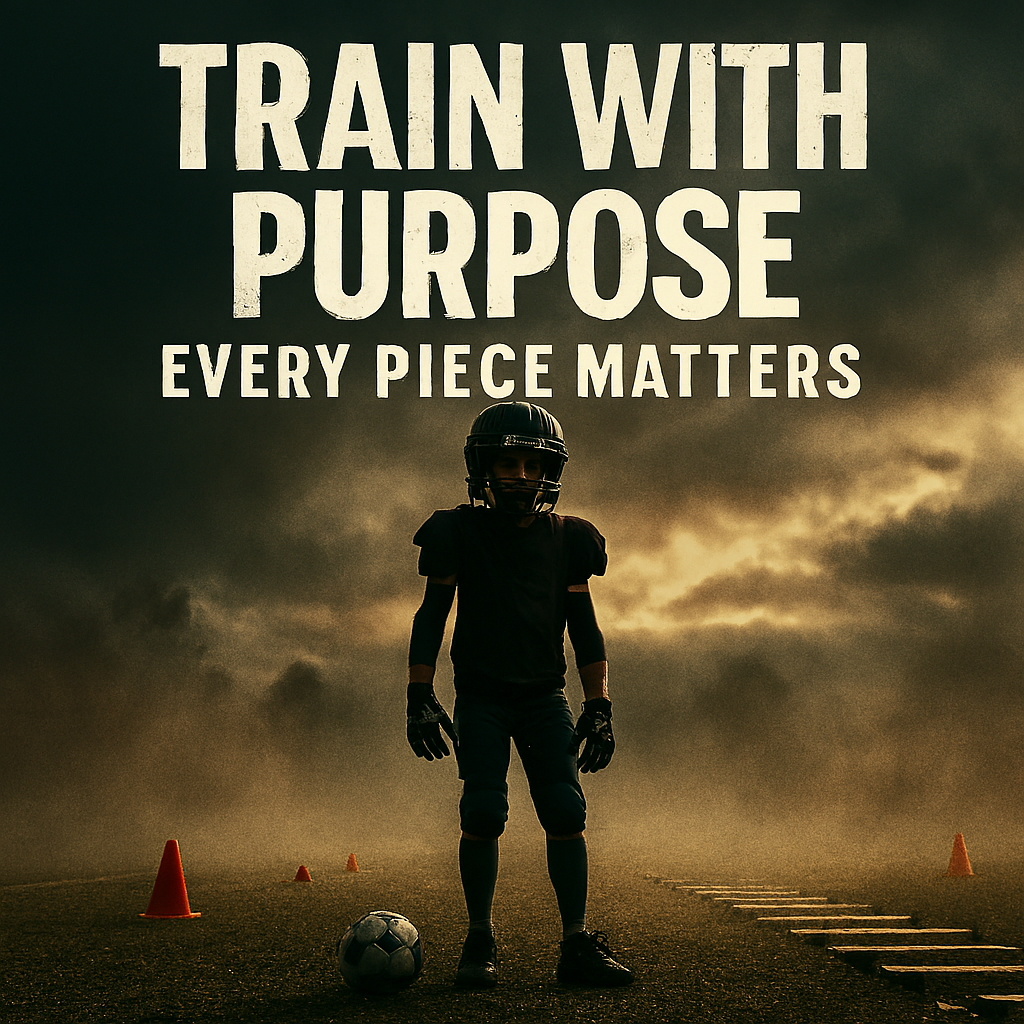
Leave a Reply